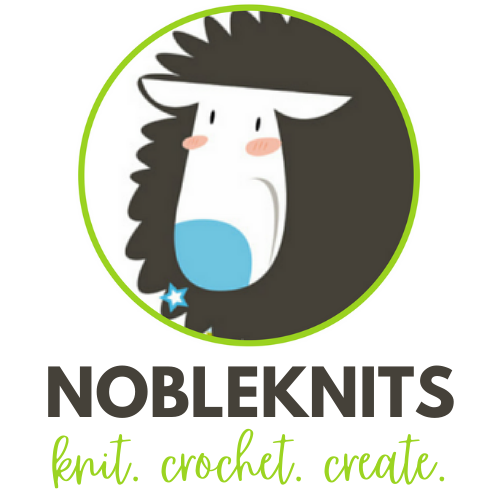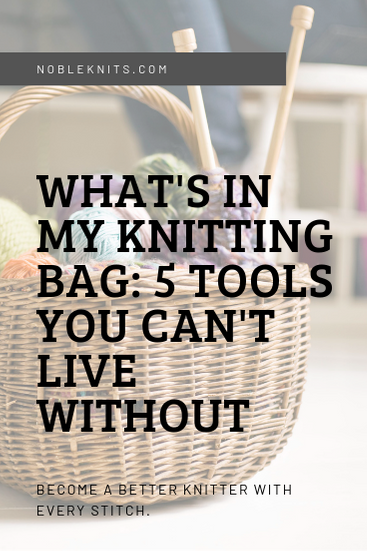Binding off in the round normally flows fairly easily until it comes to last last bound-off stitch. Typically you bind-off that last stitch and secure it. Next step is to weave in that tail connecting it to the 1st bound off stitch.
Sometimes the join looks invisible. Sometimes not so much. What if we added one more step so the last bind-off flows perfectly the first time and every time?
Have you ever cast on using circular knitting needles only to find several rounds in, that you've twisted the cast on? Now you have a knitted loop with a twist in it and the only way to fix it is to frog it and start over.
Knitting in the round is very easy, of course that's after you get past the join. You know, that making sure you don't twist that cast-on. How often do cast-ons twist when you are about to start knitting in the round? Enough times that even pattern writers tell you to look out for it. So here's an easy hack to make sure there are no twists in your cast on.
Whether its shaping a shoulder (increasing) or a neckline (decreasing), most patterns typically place shaping stitches somewhere near the ends of the row, or may not tell you where to place them at all. That often has the effect of giving your piece that stair step look. But how about if we change where we work those stitches? How would that look?
Read MoreWe've all worked projects that no matter how many rip-outs, or how hard we've tried, have inconsistent/unattractive or curling edges. The culprit is usually overly soft yarn that causes the curling or inelastic fiber that make it difficult to stitch consistently causing lumpy edges. I'll show you how to fix that problem!
Read MoreWhy does knitting gauge matter?
There are times when a stitch gauge should be perfect (think vests, cardis, pullovers, etc.), because when gauge if off you'll end up with a garment won't fit properly. So, it's very important to check gauge in knitting before you begin a project.
Read MoreHave you ever been knitting in public (doctor's office, train, bus, library, sporting event, airport, school pick up line, etc) and someone strikes up a conversation with you about knitting? Knitting is a very social hobby! It brings people together and helps to develop bonds. If you've been wanting to connect more with others, why not join or start your own knitting club? Both are very easy to do and cost nothing to get started.
Read MoreWhy are there knitting abbreviations? To shorten the amount of time it takes to read (and write!) knitting patterns, designers use popular abbreviations to help writing easier. They may seem cryptic when you first see them, but after a while you'll be able to glance at a full row and know exactly what the designer wants you to do.
Read MoreSo you’ve decided to start knitting. Congratulations! I started knitting almost 20 years ago by watching a video and plowed along through lots of frustration, trial, and error. Here are seven things I wish someone had told me when I started knitting.
Read More"Sharps," those finely chiseled knitting needle points are really a must when creating lacy pattern stitches (think ssk, k2tog, & psso). Depending on your knitting style they can really take a bite out of fingers too. Ouch! The longer you work the project the more frequently you pierce those fingers and that ends up not being fun.
Let's put a stop to that with an easy and inexpensive fix!
Read MoreI've recently been asked to be a guest contributor for SixtyandMe.com, a lifestyle site for the Boomer generation. Every month, I'll be posting about knitting and crochet including general musings, tips, tricks and more.
Read MoreWant to take your knitting to the next level? Check out these 8 easy ways to make your knitting more efficient. Follow the tips and you'll be more likely to end up with a completed project you're really happy with.
Read MoreI knit almost everywhere, in the car (not driving of course), at the dentist, garage, etc. Some things I carry in my knitting bag, you might not expect to be there. These are my "on the go" knitting must-haves items.
Read More











